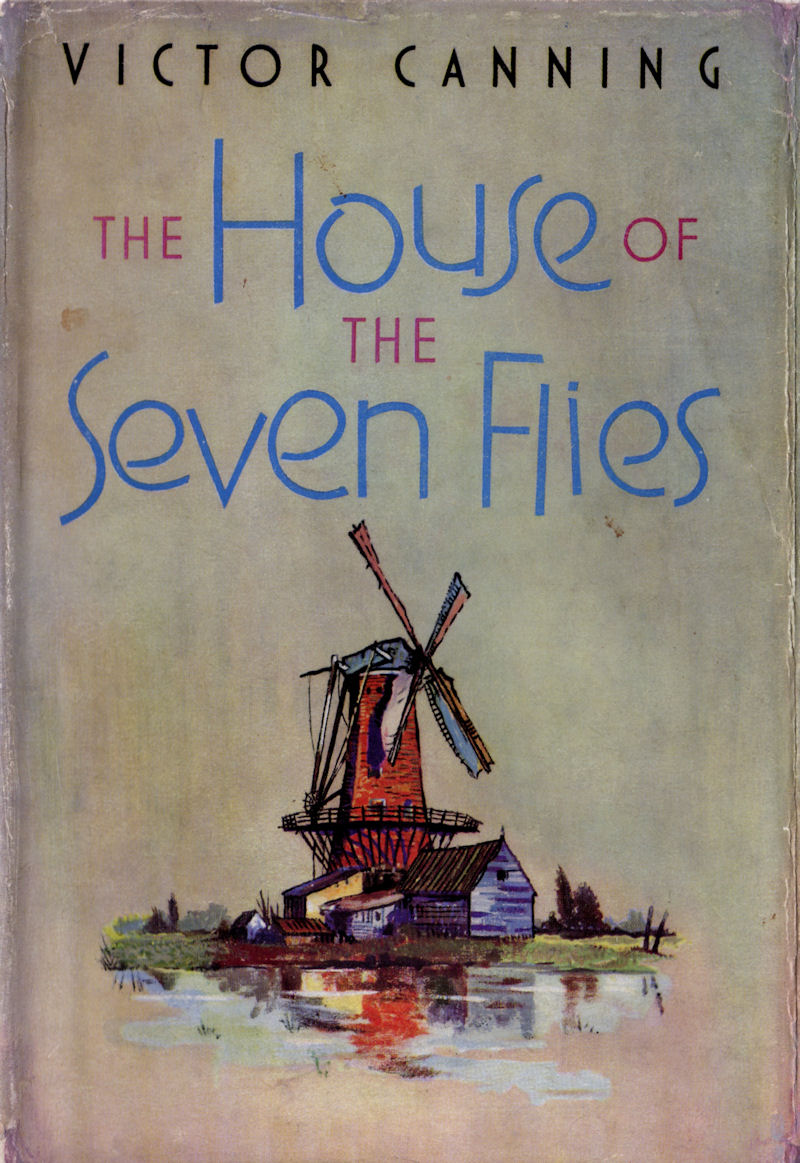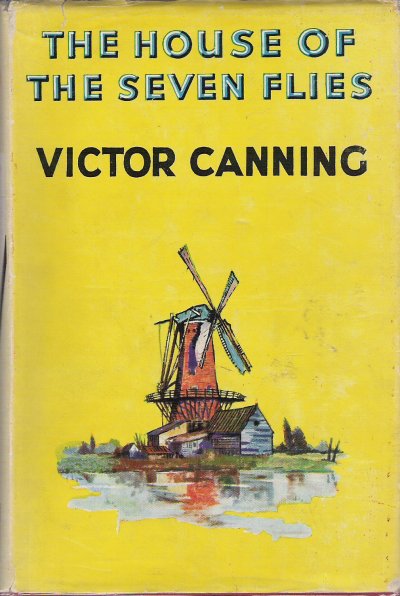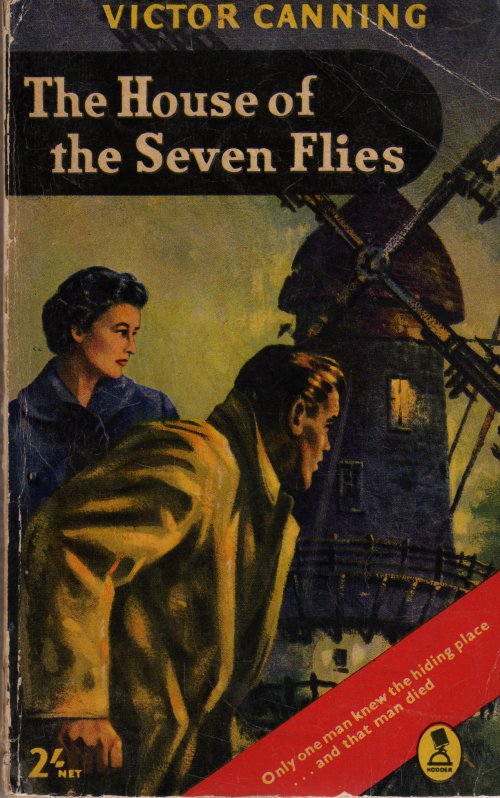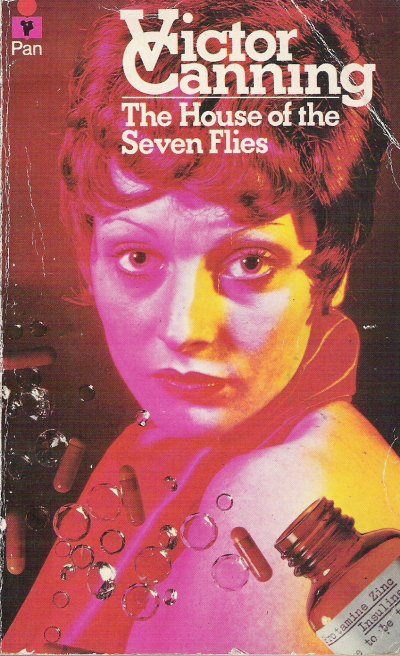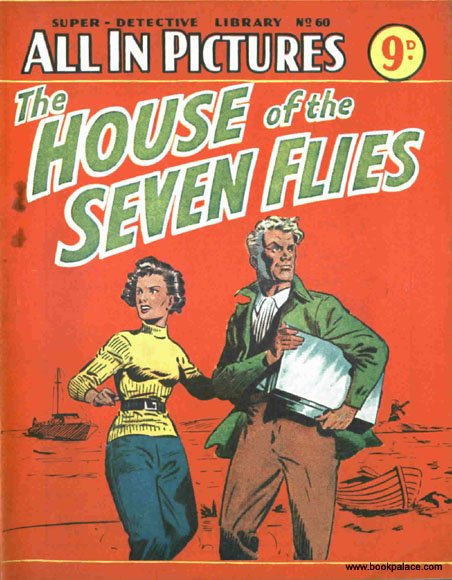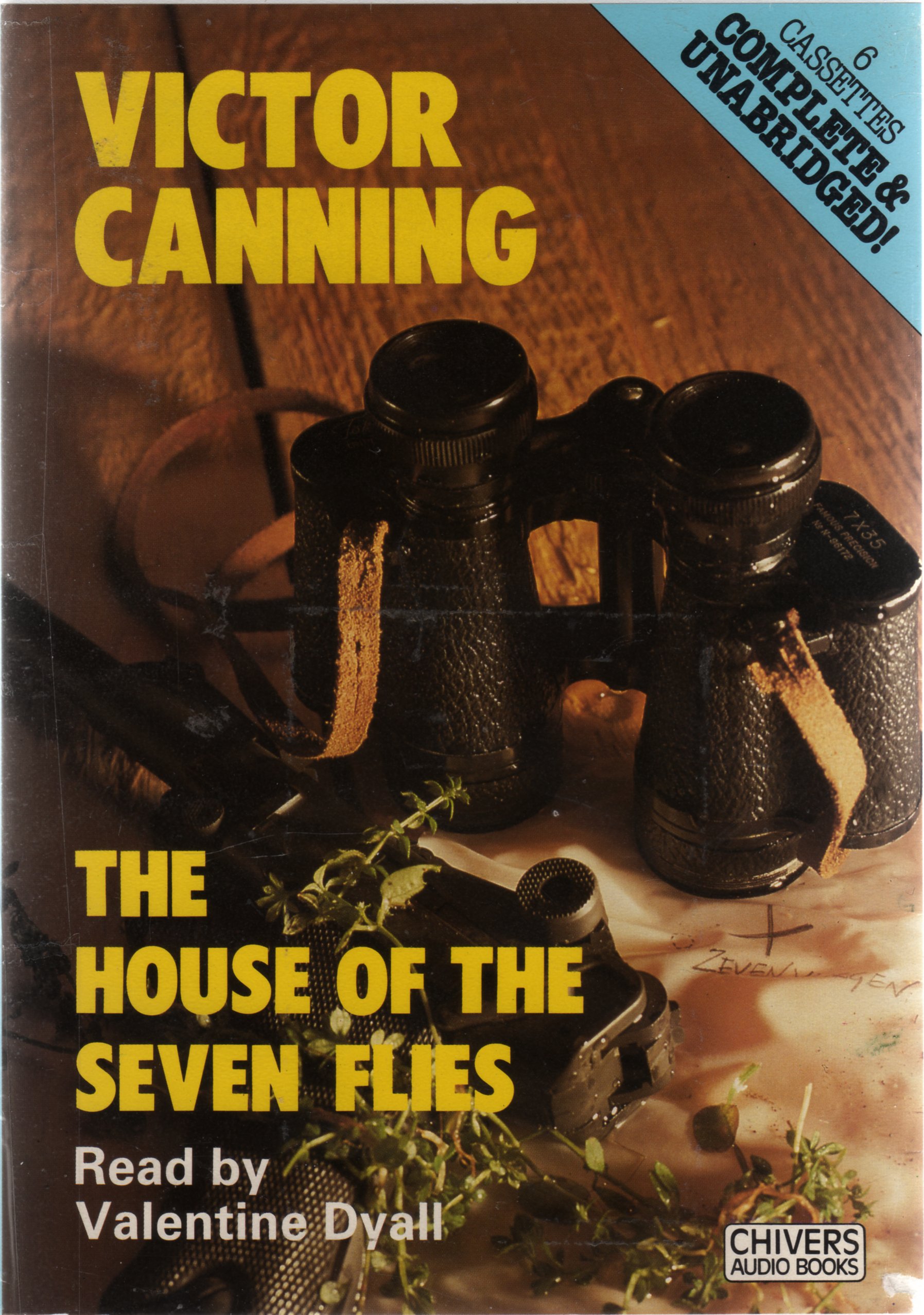|
The Book
A prologue set in 1944 describes the ambush of a German naval officer carrying valuables in a small launch in the Elbe estuary; he has to hide his package hastily. Eight years on, Edward Furse runs a small yacht for charter. He picks up a Dutchman to sail to Holland, but his passenger dies en route, apparently from natural causes. Furse goes through his possessions and finds charts and papers suggesting a hunt for missing diamonds. He conceals this information, and thereby runs into trouble both with the Dutch authorities and with some villains.
Background
The dedication is "to the Captain and Mate of Cora". This probably relates to the story told on the back cover of the US edition:
The feeling of intense reality that you get from a Victor Canning novel is no product of armchair research. This is an author who does the tough, physical exploits first … to make sure they’re not too hard for his hero. And so this book almost wasn't written … nor any future Canning novel.
We knew that Mr. Canning had done some personal adventuring before writing THE HOUSE OF THE SEVEN FLIES. Among other things, we knew he made the same trip from England to Holland that his hero makes, in the same kind of small boat. We asked him to tell us about it but he just said, “The only thing of real interest was the return trip in the yacht of a friend of mine. We ran into bad weather on the North Sea crossing, lost our mast and were slowly filling with water when we were - after firing distress signals in the early morning - taken in tow by a tramp steamer and brought into Felixstowe harbour in a derelict condition. All this took place during the shortest night of the year. It seemed very long to me.”
We agree that this kind of research gives a book vigor and reality it could not possibly have otherwise. But, just as in the fabulous climax of THE HOUSE OF THE SEVEN FLIES, Mr. Canning was sailing very close to the wind.
Canning included "sailing" as one of his hobbies in his Who's Who? entry in 1956 but not in any subsequent editions.
|
Publishing history
This was Canning's sixth post-war book for Hodder and Stoughton, published in 1952 with a print run of 14,500 copies. It appeared first at 10/6, but some of the stock was sold a little later at 6/- with a "yellow jacket" cheap edition dust cover. It was serialised in John Bull in September 1952, and in the Saturday Evening Post in August and September 1952 under the title "House of Fear". The US edition by Mill & Morrow came out in the same year. There was a 1957 paperback (not released until 1958) at 2/6 with a print run of 30,000, considerably fewer than several earlier books. It was included in the Heinemann Uniform Edition of 1970. There were at least two further Pan paperback editions in the 1970s.
In 1956 a comic strip version was issued in Super Detective Library No 60.
There was a radio adaptation by Kenneth Owen broadcast on BBC Home Service, 14 January 1961 starring James McKechnie and John Hollis.
There has also been a radio adaptation broadcast in German on WDR5 in three parts from 30 September 2007. This has now been issued on CD.
In 1977 it was included in the 'Story Time' slot on BBC Radio 4.
A complete version on cassette tapes read by Valentine Dyall was released in 1985 by Chivers Audio Books.
Trasnslations include:
French La maison des sept faucons, pub. Marabout, 1960.
Italian La casa dei sette falchi, Milano, 1960.
German Das Haus zu den sieben Fliegen, München: Goldmann und Wollerau/Schweiz: Krimi-Verlag, 1969
Dutch by C. van Eijsden Het huis van de zeven haviken. Den Haag, 1960.
Danish by David Grünbaum Huset med de syv fluer, pub. Hagerup 1956.
Finnish Seitseman Perhosta, K. J. Gummerus, 1967.
A notebook has survived which includes Canning's notes made while visiting Holland to research this book. He is fascinated by Dutch names and dress styles, and meticulous about transcribing public notices and official titles.
|
The Film
The book was filmed in Hollywood in 1959 under the title The House of the Seven Hawks, starring Robert Taylor, Nicole Maurey, Donald Wolfit and David Kossof, directed by Richard Thorpe. On release the film attracted a devastating review from the British Film Institute Newsletter: "The plot is over-complicated to the point of confusion, and much time is wasted as the characters try to explain it to each other." The New York Times was much kinder, calling the movie “a satisfying labyrinthine plot and carefully placed direction and underplaying that adds up to a modest but truly taut and absorbing diversion”. A detailed and positive review of both the book and the film has recently been posted on the Mystery*File blog. A recent American (NTSC) release on DVD is reviewed here.
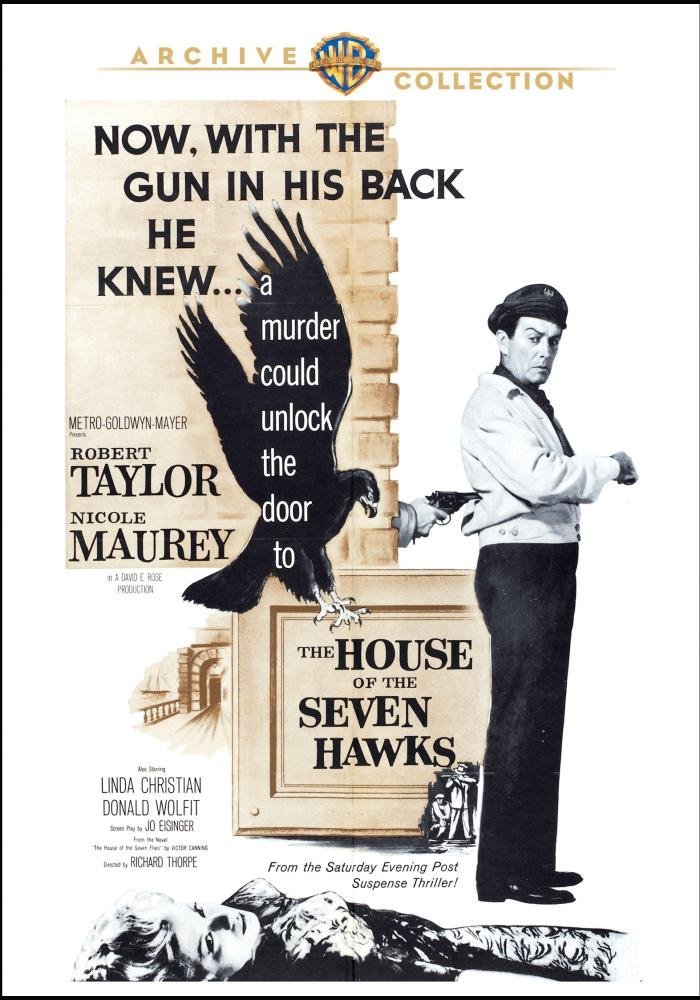
Film poster
|
